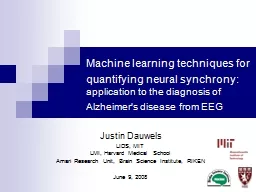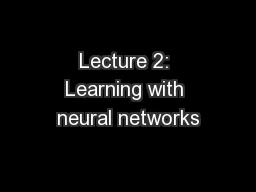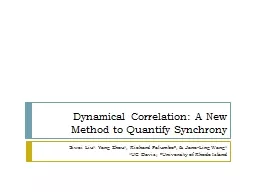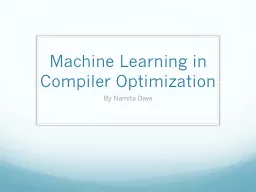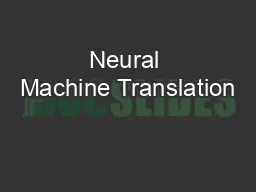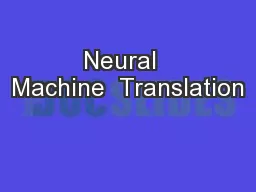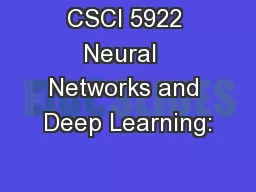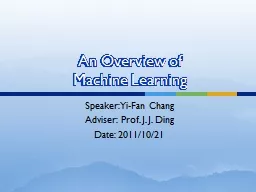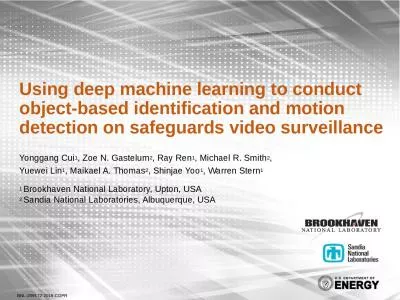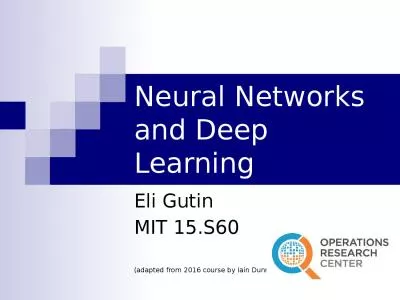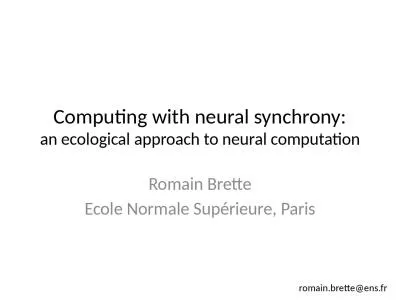PPT-Machine learning techniques for quantifying neural synchrony:
Author : slygrat | Published Date : 2020-08-07
application to the diagnosis of Alzheimers disease from EEG Justin Dauwels LIDS MIT LMI Harvard Medical School Amari Research Unit Brain Science Institute RIKEN
Presentation Embed Code
Download Presentation
Download Presentation The PPT/PDF document "Machine learning techniques for quantify..." is the property of its rightful owner. Permission is granted to download and print the materials on this website for personal, non-commercial use only, and to display it on your personal computer provided you do not modify the materials and that you retain all copyright notices contained in the materials. By downloading content from our website, you accept the terms of this agreement.
Machine learning techniques for quantifying neural synchrony:: Transcript
Download Rules Of Document
"Machine learning techniques for quantifying neural synchrony:"The content belongs to its owner. You may download and print it for personal use, without modification, and keep all copyright notices. By downloading, you agree to these terms.
Related Documents

